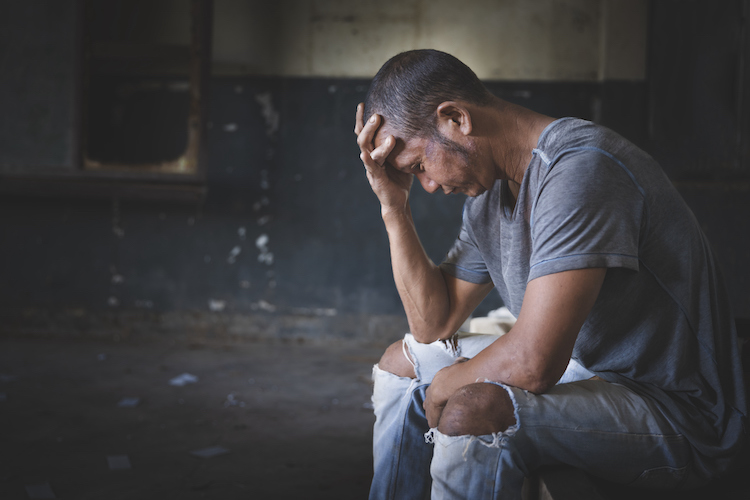
If it doesn’t affect you directly, drugs such as opioids can seem like a far-off problem that only show up in a few highly populated areas of the country — and that was largely the case for the early part of this century. Before 2015, there were just a handful of opioid hotspots, said Yngvild Olson at the Wisconsin Department of Health Services’ Opioids, Stimulants, and Trauma Summit. But that has changed.
Consider that in 2003, seven people per 100,000 died of drug overdoses in the U.S. By 2021, that number had more than quadrupled to 34 people. That dramatic jump is because the problem has become more widespread around the country, said Olson, the director of the Center for Substance Abuse Treatment at the U.S. Department of Health and Human Services Substance Abuse and Mental Health Services Administration (SAMHSA). A serious part of the rise of overdose deaths has been the proliferation of opioids and other drugs in rural communities, which might often lack access to treatment and intervention compared to more urban areas.
“These numbers aren’t just numbers. They are people,” continued Olson in explaining the need for attention to and solutions for this national issue.
In speaking to a room of those who work with people with a substance abuse problem, Olson emphasized just how important intervention is, particularly when the majority of those individuals don’t get help because they don’t feel they need treatment.
Much of this is because substance abuse disorders still carry a high burden of stigma. When people do get treatment, it is often with one of two medications, methadone or buprenophrine, and people are quick to say this is trading one addiction for another. Olson pushes back on that, though, because the treatments have been shown to be effective in reducing misuse, overdose, mortality, and more.
There are more than 2,000 opioid treatment facilities across the country, with 25 added just since December, she said. Other options for limiting overdose include administering naloxone, which reverses the effects of an overdose, and test strips that can identify if a substance has been laced with fentanyl, an increasingly prevalent and dangerous drug.
Reducing overdoses and substance abuse takes more than just professionals, though. There is a place for communities to take action to support their neighbors, described Rose Baier. She leads the anti-meth campaign in Chippewa County, Wis., and said their community has been very interested and active in supporting their program.
They began their program in 2019 when court cases related to meth were skyrocketing in the county. Baier, the county’s criminal justice services director, and her team recruited individuals from different backgrounds including the faith community, businesses, and law enforcement to serve on taskforces that would develop ideas to help solve the issue. They quickly had over 100 volunteers, Baier said.
Those taskforces and other members of the community came out to town hall meetings to discuss ideas. The groups came up with ways to make reporting easier and anonymous, prevention programs for youth, support for landlords and businesses to host recovery meetings, and more that have made a difference in how the county approaches this concern.
“The community wants to help,” Baier summarized. When facing a substance abuse problem, partner with those groups and other stakeholders, she advised. Prevention efforts as well as recovery support will be what drives down drug issues in communities in all parts of the country and contributes to a population that is physically and mentally healthier.








